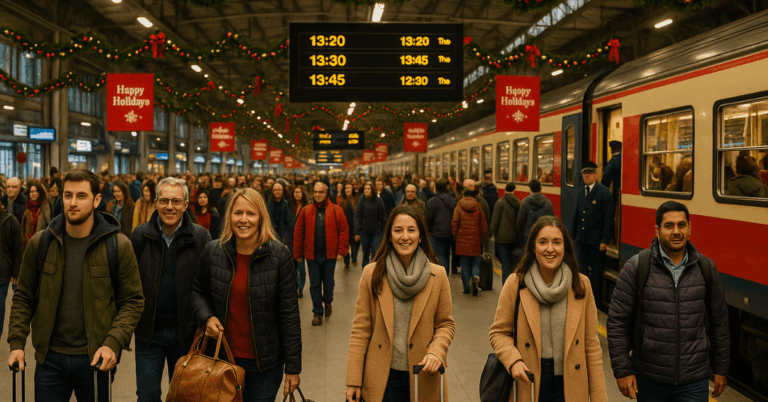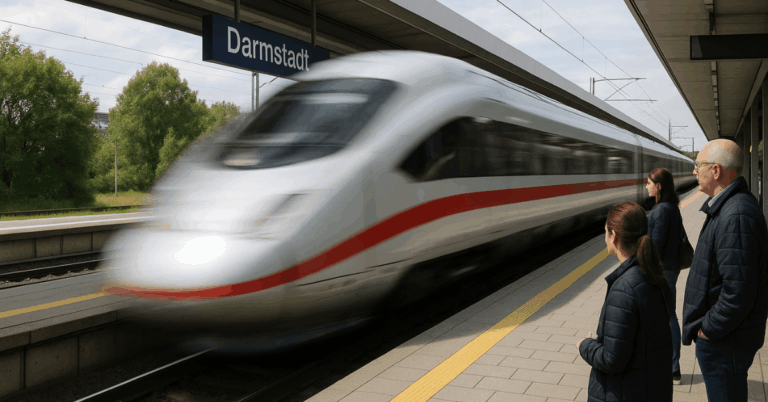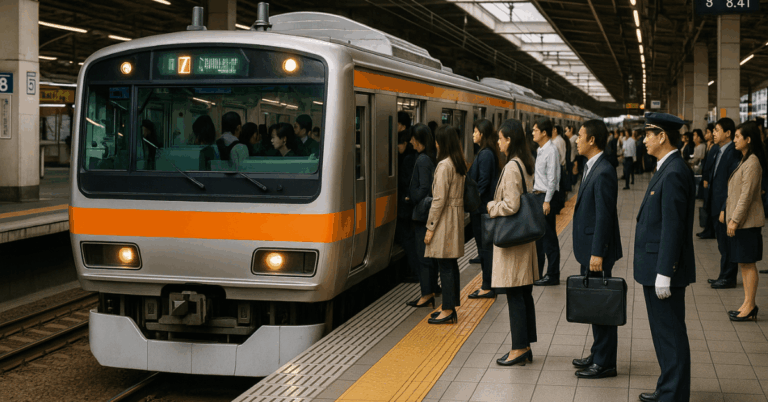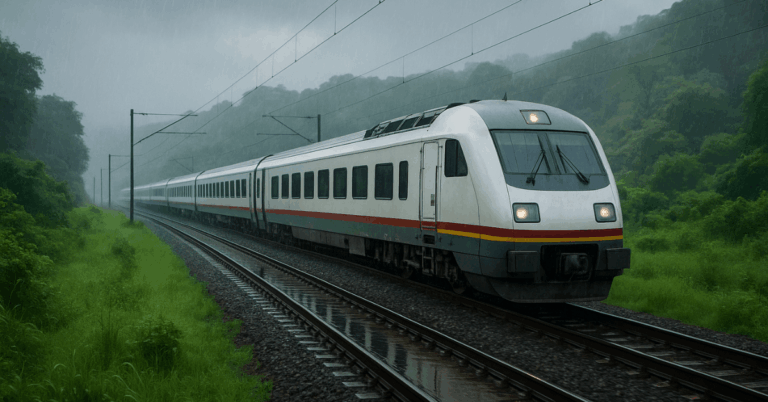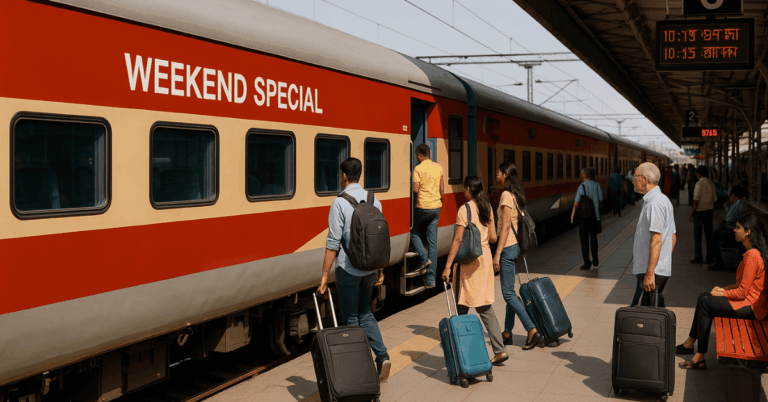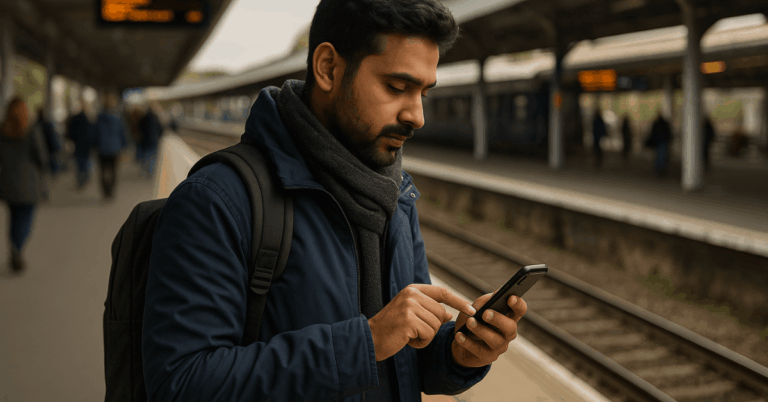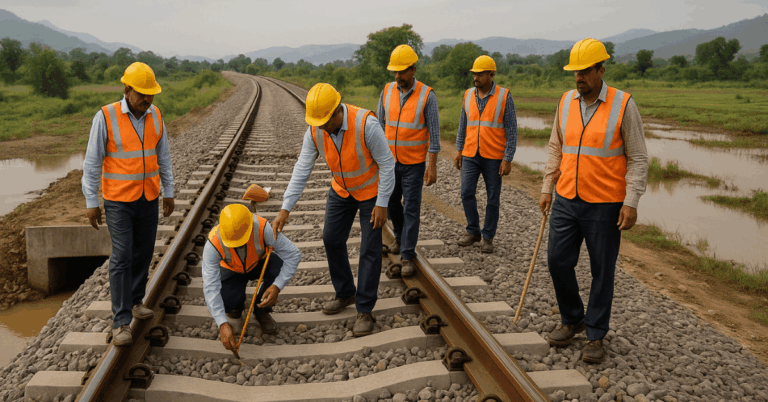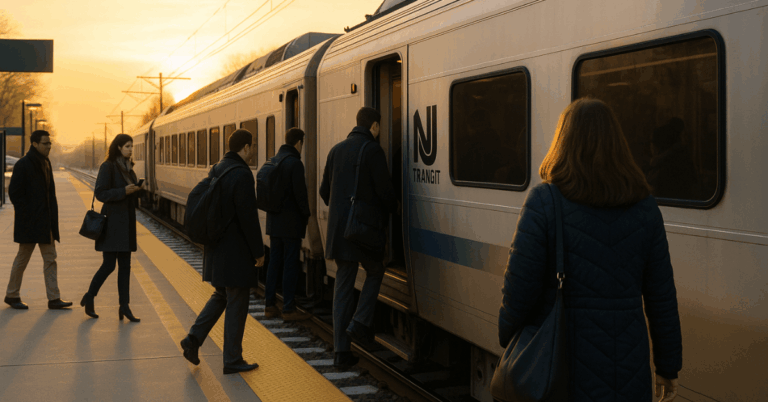A landmark Vande Bharat Express run on the CSMT to Shirdi route placed women at every operational post, turning a symbolic occasion into measurable progress.
The celebration aligned with International Women’s Day special services on March 8 and showcased competence across train handling, safety, and passenger-facing roles.
In the same modernization arc, Railway Minister Launches Digital Ticketing Service became a reality through the new RailOne mobile app, reinforcing inclusion with easier access and faster booking.
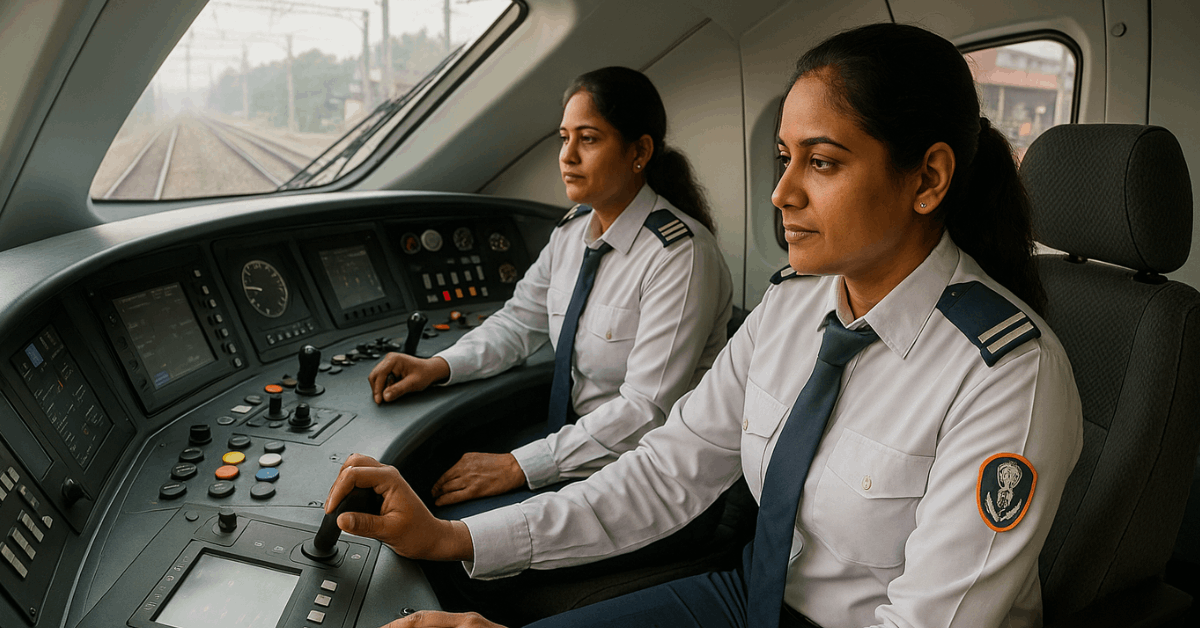
What Happened on the CSMT–Shirdi Run
An all-women crew operated Train No. 22223 from Chhatrapati Shivaji Maharaj Terminus (CSMT) to Sainagar Shirdi, departing at 6:20 a.m. on March 8 to mark International Women’s Day, a first for this premier corridor.
Asia’s first woman loco pilot, Surekha Yadav, led the journey, supported in the cab by assistant loco pilot Sangeeta Kumari, while Shweta Ghone oversaw train operations. Central Railway highlighted the achievement publicly and connected it to wider inclusion goals within the network.
Travelling Ticket Examiners
Travelling Ticket Examiners (TTEs), the on-board revenue protection and passenger assistance team, were also entirely women for this run.
The roster included Anushka KP, M. J. Rajput, Sarika Ojha, Suvarna Pashte, Kavita Maral, and Manisha Ram, demonstrating a complete end-to-end operation staffed by women.
Central Railway amplified the milestone on its official channels, calling it a proud moment and linking the operation to sustained efforts that place women in skilled, safety-critical railway jobs.
Who Operated the Train: Roles and Responsibilities
Establishing clear accountability for each post helps readers see how modern trains are safely operated and supported. Roles on this run reflected standard Indian Railways practice, adapted for a high-speed semi-express service.
Competencies span traction knowledge, timetable discipline, passenger handling, and incident readiness, and were executed by women professionals across domains.
Authority rested with the operating crew, while service teams ensured comfort and compliance.
Loco Pilot and Assistant Loco Pilot
Surekha Yadav loco pilot guided traction, braking, and speed discipline, while assistant loco pilot Sangeeta Kumari managed signal calling, adherence to Automatic Train Protection prompts where applicable, and route vigilance.
Both maintained cab protocols aligned to the route’s gradient and curve profiles.
Operations Supervision
Train operations supervisor Shweta Ghone coordinated departure readiness, crew communication, and terminal procedures, closing operational loops between station control, the cab, and on-board service teams.
Travelling Ticket Examiners (TTEs)
TTEs validated tickets, handled berth queries on connecting services, and escalated irregularities under railway rules. This women-led TTE team also assisted passengers with coach navigation, seat disputes, and basic service information.
On-Board Services
Women staff supported catering and passenger queries, aligning with punctuality windows and service protocols suited to a short-haul, high-demand corridor.
Crew Snapshot
Operational complexity becomes easier to grasp when roles are summarized side-by-side. This lean view captures the principal assignments on the International Women’s Day run and the professionals who carried them.
| Function | Primary Name(s) | Core Responsibility |
| Loco Pilot | Surekha Yadav | Traction, speed control, and cab discipline. |
| Assistant Loco Pilot | Sangeeta Kumari | Signal calling, support to pilot, route vigilance. |
| Operations Supervisor | Shweta Ghone | Ops coordination and terminal readiness. |
| Travelling Ticket Examiners | Anushka KP, M. J. Rajput, Sarika Ojha, Suvarna Pashte, Kavita Maral, Manisha Ram | Ticket checks and passenger assistance. |
| On-Board Services | Women staff | Hospitality and information support. |
Why This Milestone Matters
Visibility on a marquee service accelerates the normalization of women in safety-critical transport roles. Assignments of this kind help recruit future talent, reinforce fair posting practices, and reduce stereotype-driven barriers.
The outcome also aligns with Indian Railways’ public stance on inclusion, where celebrated events are paired with pathways, training, postings, and promotion tracks that sustain participation beyond a commemorative day.
Across the network, similar efforts have included women-led goods operations and station-level teams, indicating that this run is a visible node in a broader inclusion program. When passengers see women in command of modern rolling stock, confidence in equal-opportunity systems grows alongside an appreciation for the skill required to operate them.
Railway Minister Launches Digital Ticketing Service
RailOne brings a unified digital layer that simplifies ticketing and travel management in one place.
Launched by Union Railway Minister Ashwini Vaishnaw during CRIS’s 40th Foundation Day, the platform integrates services previously scattered across multiple apps.
Reserved and unreserved ticketing functions sit alongside live train information, grievance redressal, and e-catering, increasing convenience and reducing app-hopping. Official communication also details ongoing back-end upgrades to scale the Passenger Reservation System significantly.
| RailOne Feature | What It Enables |
| Unified access | Single entry point to ticketing, PNR status, train info, and support. |
| Reserved + unreserved tickets | Mobile purchase across categories; PRS access in-app. |
| R-Wallet & incentives | Unreserved UTS tickets via R-Wallet with a published 3% discount. |
| Service add-ons | E-catering, porter booking, and last-mile taxi discovery. |
| System capacity upgrades | PRS target raised to >100,000 tickets/minute to ease peak loads. |
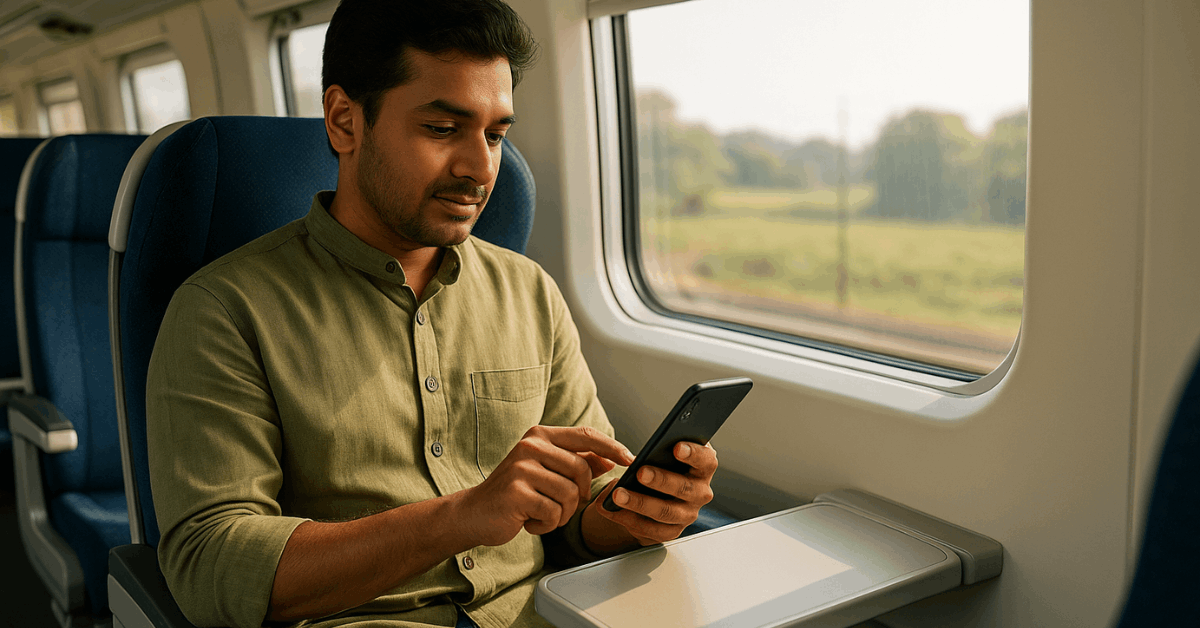
Quick How-To: Book on the RailOne Mobile App
Selecting the right flow reduces errors and speeds the purchase. Keep device location and notifications enabled for station-aware prompts and delays.
- Launch the RailOne mobile app and create or sign in to an account linked to your mobile number.
- Choose Reserved or Unreserved tickets, then set origin, destination, class, and date accurately.
- Add passenger details exactly as on ID; confirm coach preferences only if required by the service.
- Pay using UPI QR ticket payments, cards, or R-Wallet for eligible unreserved tickets to capture the discount.
- Save the digital ticket and PNR to the in-app wallet; enable journey alerts for platform changes or disruptions.
How Digital Ticketing Elevates the Vande Bharat Experience
High-frequency, high-visibility services benefit when passengers can enter, book, and transact quickly. QR code adoption at counters and the app layer cuts queue time and improves throughput during peak departures, supporting punctuality targets on short-haul corridors such as Mumbai–Shirdi.
For women, seniors, and first-time travelers, unified apps reduce reliance on intermediaries and enable transparent pricing.
When paired with inclusive crews and frontline staff representation, digital systems translate modernization into everyday dignity, clear instructions, shorter queues, and fewer surprises between booking and boarding.
Conclusion
A women-led crew on a flagship train stands as evidence of capability meeting opportunity, supported by systems that make modern rail travel simpler. Continued visibility, across operations and service layers, cements inclusion as standard practice rather than a ceremonial exception.
Digital ticketing at scale complements that culture shift. When leaders unveil unified tools and zones adopt QR-based workflows, passengers gain time, clarity, and control while railway teams focus on safe, punctual operations.


